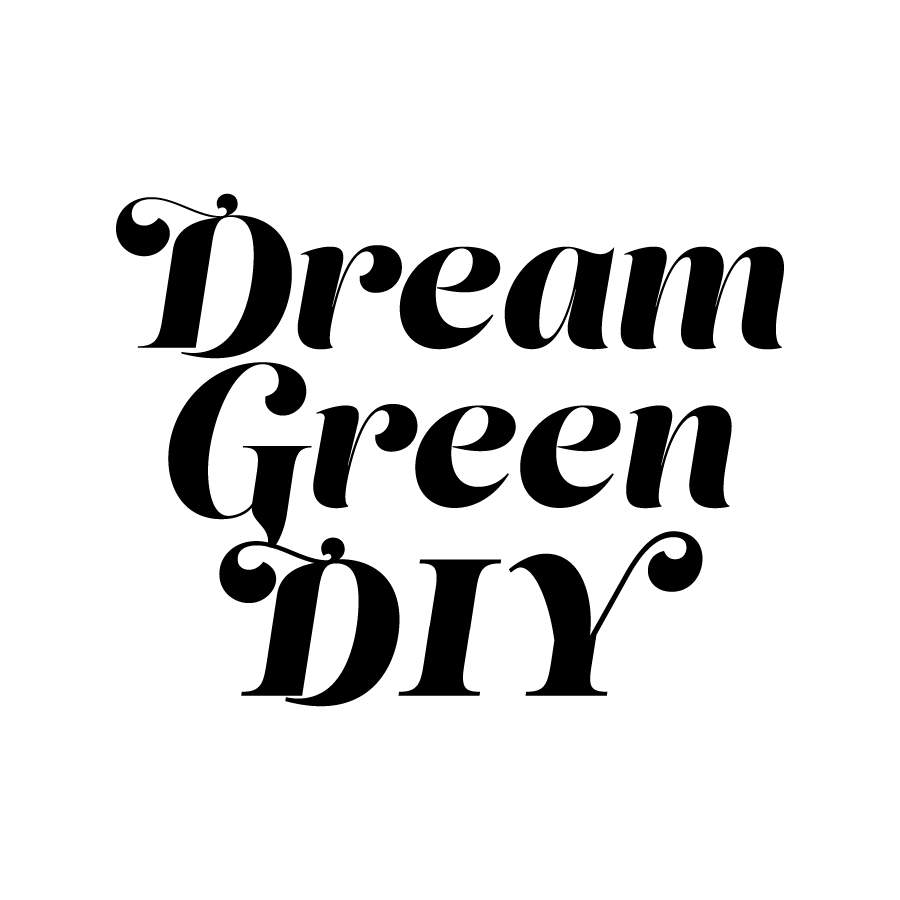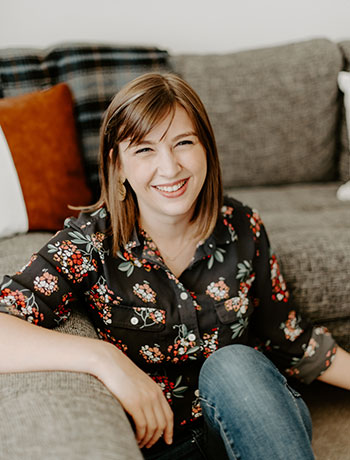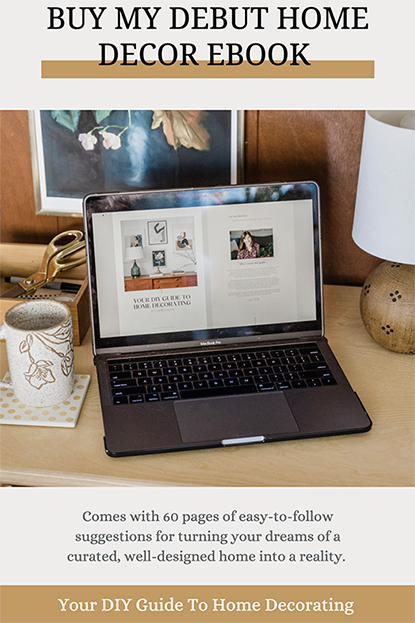.jpg)
This is the first time that I’ve ever had a “real” entry space to lay claim to, and I’m really going all out with it. When John and I toured the home that first time last fall, I remember instantly falling in love with the original slate tile floor, and the double closets with elegant box moulding trim. The cool smoke glass light fixture hanging from the ceiling and dainty vintage wallpaper really sealed it for me—I loved this entry, and I felt so proud that first day in our new home knowing that I could call it mine. That said, I definitely knew I’d be making some changes.
.jpg)
.jpg)
.jpg)
The first thing I did to update the space was paint the once-pistachio-green walls white beneath the existing vintage wallpaper. You can see that update pictured above. I liked it a lot better than the old green color, but it also felt (dare I say it?) a little boring. I was prepared for this, though. I almost always repaint all of the walls in a new house white so that I can look at them without distraction. After that, I can choose a better color to help bring my big picture design to life.
.jpg)
The “big picture” design for this space did eventually give way to bold retro-inspired wallpaper, which I hung on the two facing walls leading into the living room. After that update was in place, I was able to brainstorm better paint color options for the rest of the entry, and ultimately landed on a soft neutral coral tone called “Likable Sand.” This made the walls play better with the tones in the patterned wallpaper, and added a little bit of needed dimension, too.
In case you noticed, I also replaced the vintage light fixture that you saw in the original “before” photos of the space when it was painted green. I wasn’t planning on replacing the fixture, but when I went to replace the lightbulb one day, the socket broke apart, so we had to take it down and will eventually get it professionally repaired. In the meantime, we installed this nice flush mount fixture, which I actually might like just a tiiiiiiny bit more because it allows for multiple bulbs and, therefore, puts off extra light.
.jpg)
.jpg)
There was just one more project that I wanted to cross off the list before I could call the entry “done,” and that was a feature trim detail on the longest entry wall. I loved the new coral paint color, but in order to balance it out with the bold wallpaper, I decided to add a simple vertical trim pattern. This dimensional look is really easy to create, doesn’t cost a whole lot of money (especially if you have a chair rail cutting the wall in half, like we do), and ultimately feels very in keeping with the style of our 1960s ranch home.
My original plan had always been to use half-round trim, but I couldn’t find that at any of our local hardware stores. I think I would have had to special-order it, but I didn’t have the patience for that. So, instead, I grabbed an arm-load of what the hardware store labeled “general purpose” trim. It’s flat on the top and slightly rounded on the sides. Nothing too fancy, but just enough subtle architectural interest to give our space some pizazz. It was also really cheap, so it was an easy decision to pivot my vision for the design in this direction.
.jpg)
.jpg)
First, I measuring and marked the wall every six inches using a pencil and measuring tape. Then, I measured the height of the wall from the bottom of the chair rail to the top of the base moulding at floor level. I also had to account for the baseboard heater, which made the middle section of trim pieces a little shorter, but, overall, it wasn’t an arduous amount of measuring.
Next, I used my miter saw to cut the trim down to size. Like I did when I installed board and batten trim at our old house, I employed the handy 45-degree angle cut trick. In other words, I eased the transition from trim piece to the bottom of the chair rail above and the top of the base moulding below by cutting my trim piece ends at a 45-degree angle. This gives the overall design a more intentional look, and allows you to use a trim that’s thicker than your existing moulding details.
See in the photo below how my new trim pieces are a little thicker than the bottom edge of the chair rail? If I had left the trim flat on the end, it would have butted up against the chair rail in a very harsh, abrupt way. It would have looked haphazard and, frankly, just plain sloppy. By cutting the ends of the trim at a 45-degree angle, it allows the transition to look more elegant and intentional. This detail definitely adds time to the project, but I feel like it’s really necessary.
.jpg)
.jpg)
.jpg)
To finish the project, I used a brad nailer and level to attach the cut trim pieces to the wall using my 6-inch marks from before, and then I caulked the nail holes, and painted the trim to match the wall. It took two hours or so from start to finish (the longest part being the trek from the saw in our basement back up to the entryway), and made such a big difference. Now, when you look into the entry from the living room and see the newly trimmed wall with the full height patterned feature walls on either side, it looks balanced and full of cohesive personality.
.jpg)
.jpg)
.jpg)
.jpg)
.jpg)
.jpg)
.jpg)
I could see this project working well on a full-size wall, too, if you have a feature wall that doesn’t have a chair rail like ours does. Back in the beginning of this project, I had actually considered doing it on the full-size dark painted fireplace wall in our living room (which you can sort of see reflected in the mirror pictured below), but I’m glad I chose our entryway in the end. It has really finished off our entry so nicely, and I feel very comfortable finally calling this room “finished.” What do you think?
.jpg)
*I earn a small percentage from purchases made using the affiliate links above. Affiliate links are not sponsored. Rest assured that I never recommend products we wouldn’t use or don’t already love ourselves.

.png)




Love seeing the updates!
Thank you!
Great transformation!
Thanks!